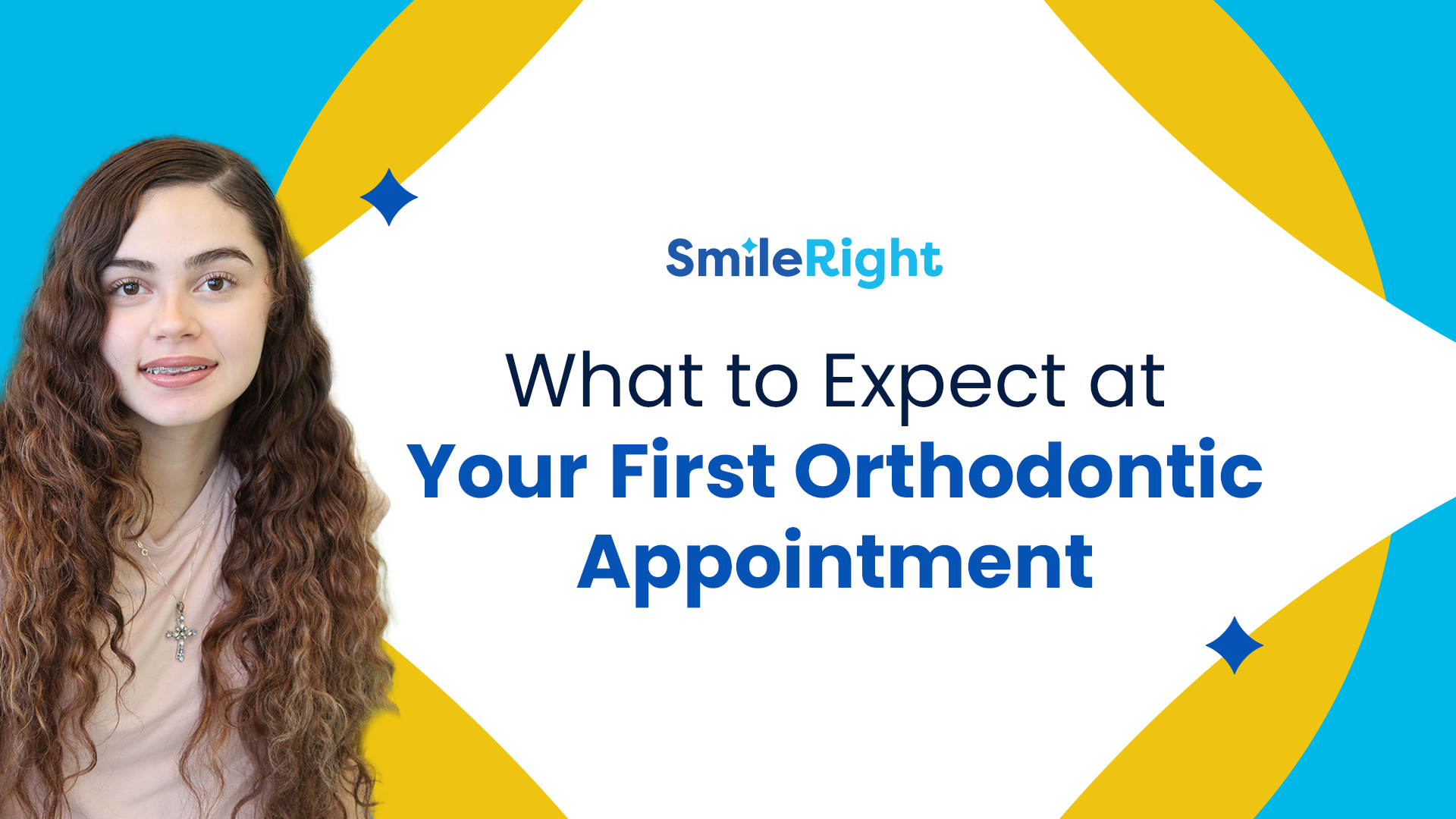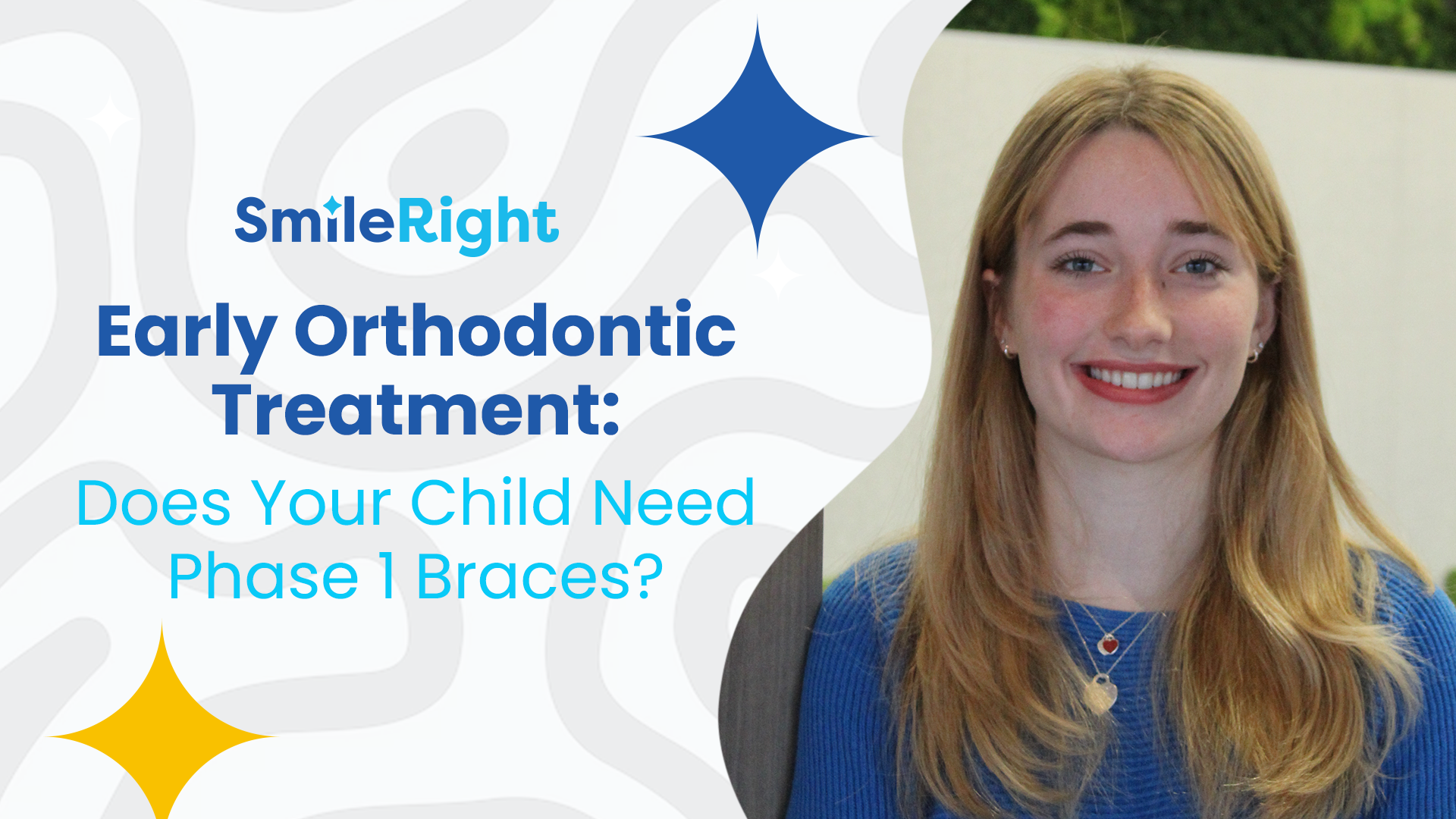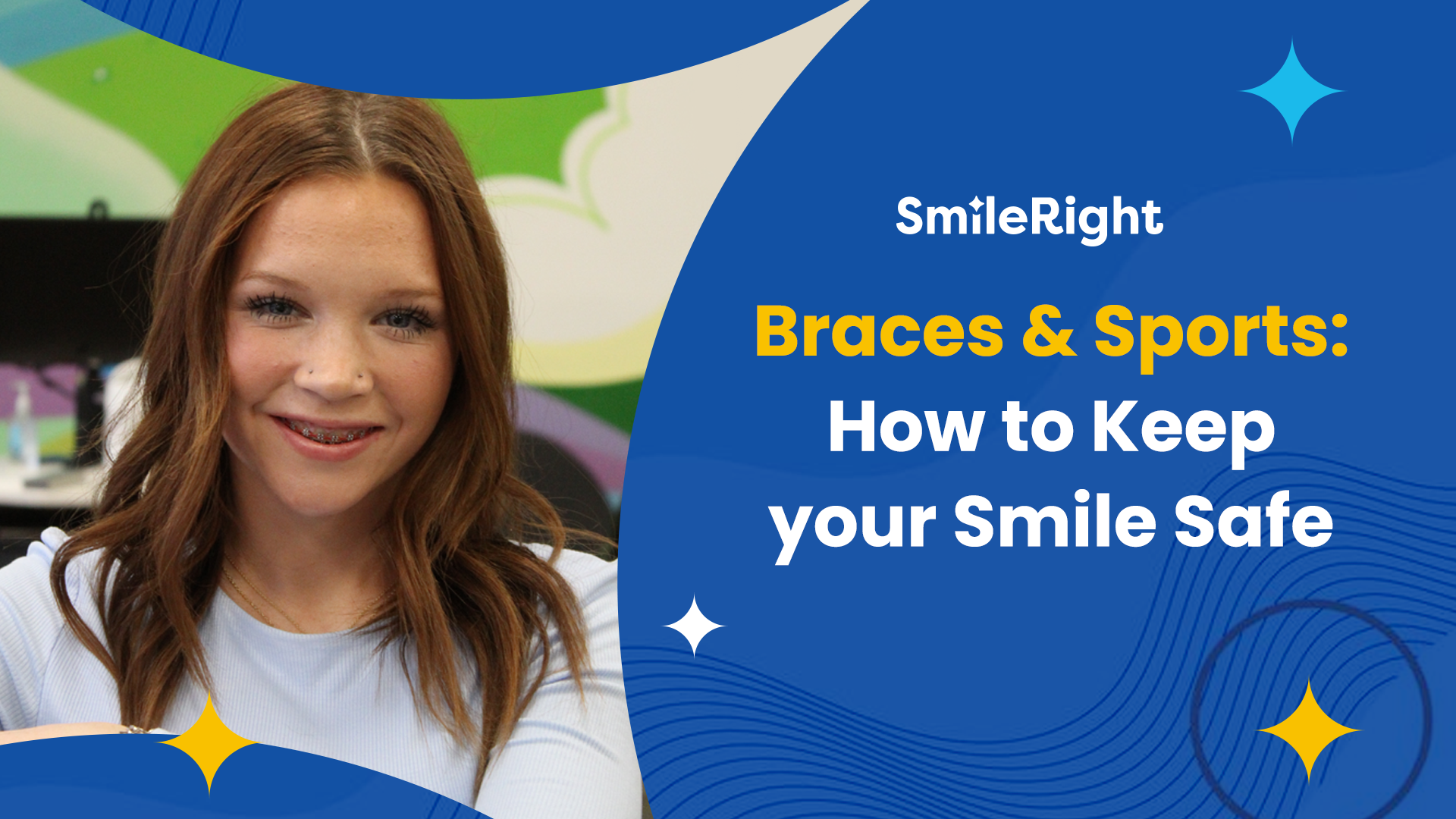The Road to Your Dream Smile: Orthodontic Care at SmileRight
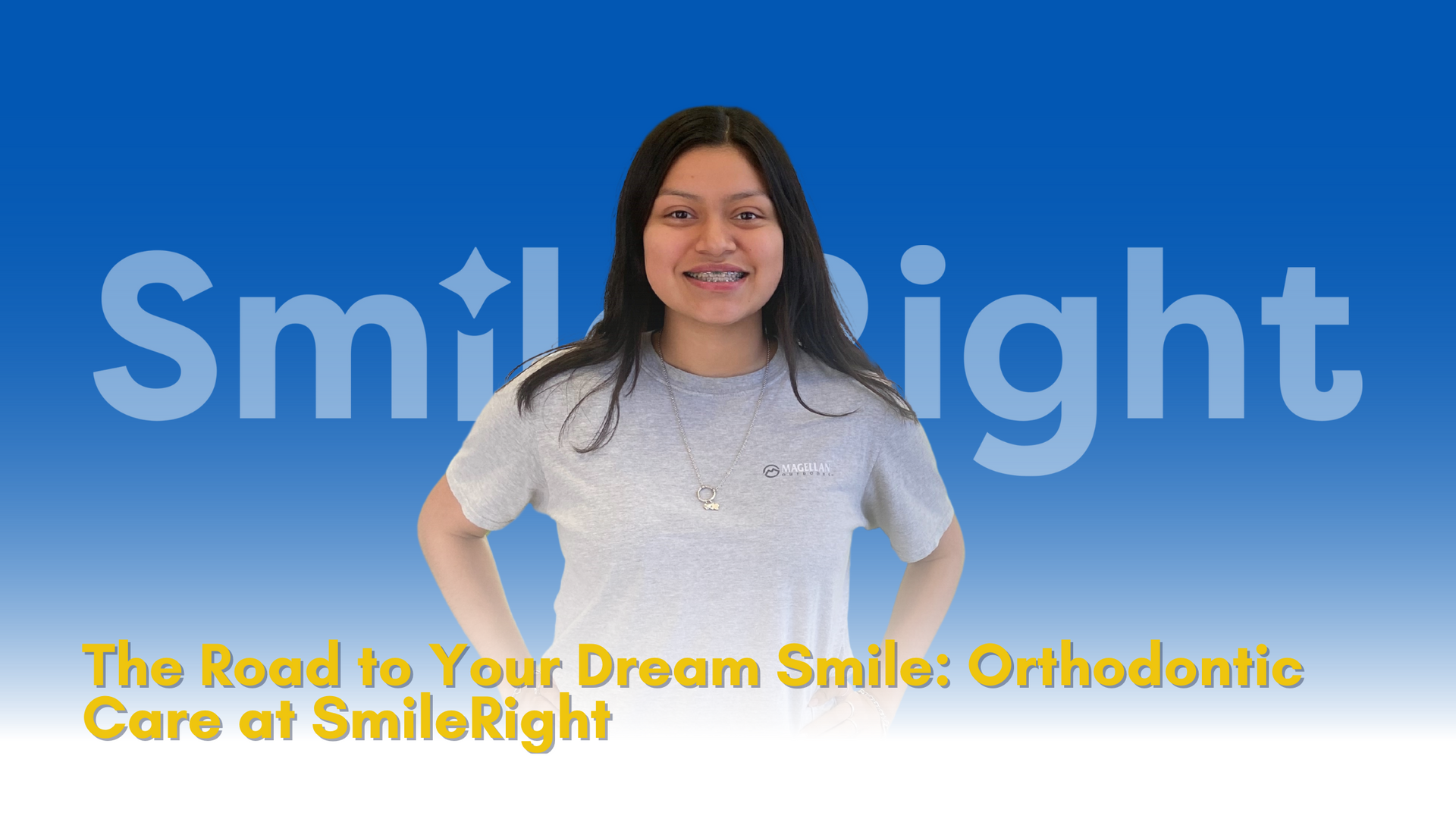
Source: Dr. Marketing
A radiant and self-assured smile has the power to make a significant impact, not only on your outward appearance but also on your self-esteem and overall well-being. If you've been envisioning the attainment of a flawless smile, it's time to initiate the journey by scheduling a dental consultation. At SmileRight, centrally located in Houston, our proficient team is committed to assisting you in realizing your dental aspirations. In this in-depth blog post, we will explore three key services we provide that have the potential to revolutionize your smile: conventional metal braces, ceramic braces, and teeth whitening. So, without further delay, let's delve into these treatments and uncover how they can bring you a step closer to the smile you've always desired.
Traditional Braces: The Time-Tested Solution

Traditional braces have long been a trusted and effective solution for correcting misaligned teeth, offering a range of benefits that contribute to their enduring popularity. These braces are highly adept at straightening teeth and addressing various bite issues, including crowded teeth, gaps, overbites, and underbites. The durability and reliability of traditional braces make them a time-tested choice, standing up to the test of years with consistent success. With proper care and regular adjustments, patients can trust in the efficacy of traditional braces, resulting in beautifully aligned teeth and a significantly improved smile.
One of the key advantages lies in the personalized treatment plans crafted by skilled orthodontists to address the unique concerns of each patient. This tailored approach ensures the best possible outcome for individuals undergoing orthodontic treatment. Additionally, traditional braces offer comprehensive care from the initial consultation to post-treatment retention, emphasizing a commitment to long-term oral health. Overall, the proven success and versatility of traditional braces make them a reliable investment for those seeking a straighter smile and enhanced oral well-being.
Ceramic Braces at SmileRight
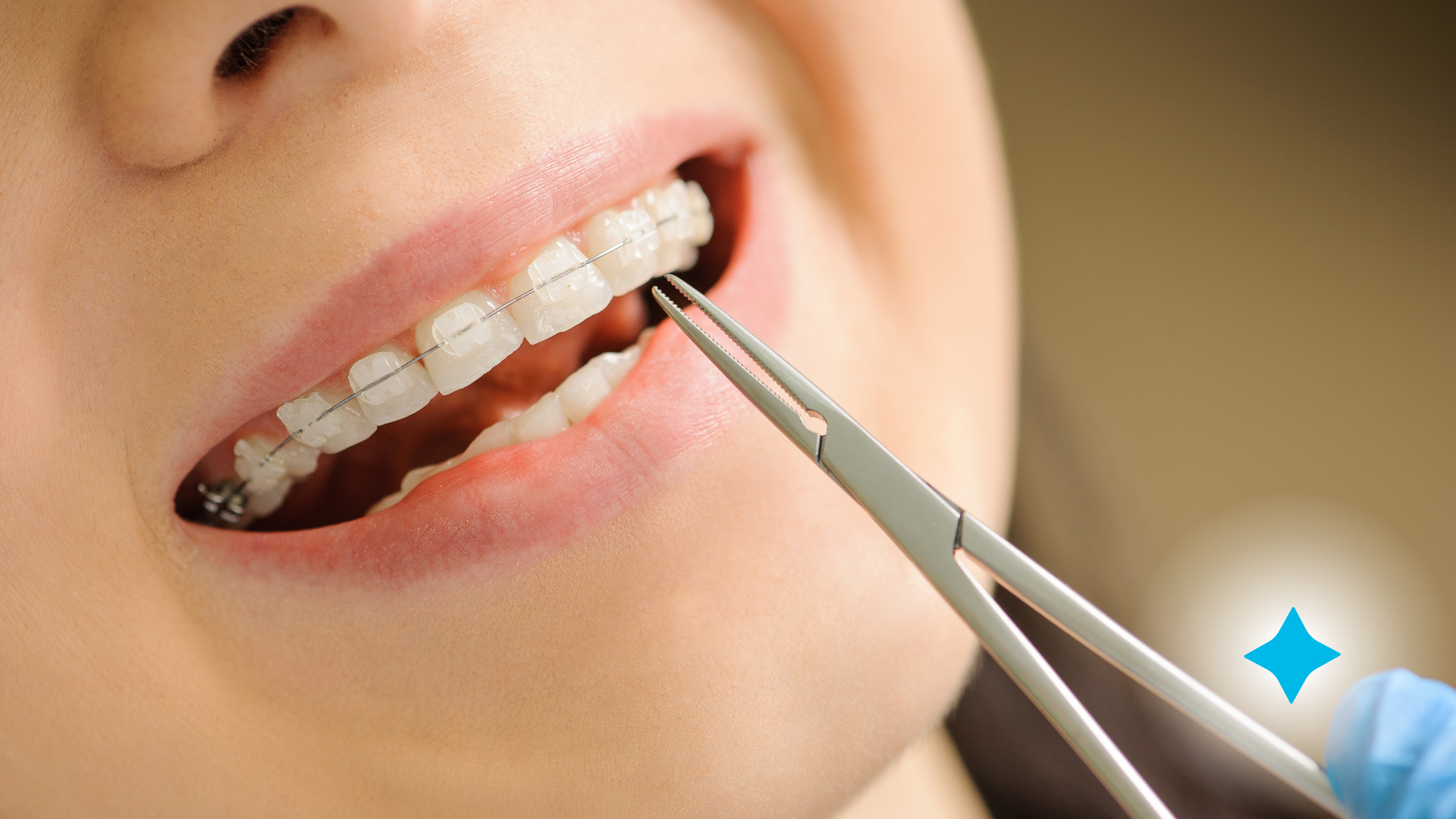
Ceramic braces stand out as a modern and aesthetically pleasing alternative in the realm of orthodontic solutions, offering numerous benefits for individuals seeking to correct misaligned teeth. Composed of clear or tooth-colored materials, ceramic braces provide a subtle and less conspicuous appearance compared to traditional metal braces. This discreet quality makes them particularly appealing to those who wish to maintain a more natural and less noticeable smile during their orthodontic journey. Despite their refined aesthetic, ceramic braces are highly effective in straightening teeth and addressing various bite issues, demonstrating their versatility in treating cases such as crowded teeth, gaps, overbites, and underbites.
The ceramic material is also known for its durability and resistance to staining, ensuring a reliable and long-lasting orthodontic solution. Additionally, like traditional braces, ceramic braces offer personalized treatment plans, providing tailored care to meet the unique needs of each patient. With a commitment to comprehensive care and the incorporation of advanced orthodontic technology, ceramic braces present a contemporary and appealing option for individuals striving to achieve both a beautifully aligned smile and discreet orthodontic treatment.
The Role and Benefits of Retainers in Post-Treatment Care

Retainers play a crucial role in orthodontic care, serving as a key component in maintaining the results achieved through braces or other teeth-straightening treatments. These devices, typically worn after the completion of active orthodontic treatment, help prevent teeth from shifting back to their original positions. Retainers offer several benefits, including the stabilization of the newly aligned teeth, ensuring that they remain in their corrected positions over time. By providing support to the surrounding structures, retainers contribute to the long-term success of orthodontic treatment.
They are custom-fitted to each patient's unique dental structure, promoting a comfortable and secure fit. Retainers are often removable, allowing for convenient wear during specific times, such as nighttime, while offering flexibility and ease of maintenance. Regular use of retainers is crucial to preventing orthodontic relapse, ultimately preserving the investment made in achieving a straighter and more aesthetically pleasing smile. The incorporation of retainers into post-treatment care plans underscores their significance in achieving lasting orthodontic success.
Why Should You Trust Our Experts at SmileRight

Choosing a specialized orthodontist over a general dentist for your orthodontic needs ensures a dedicated and expert approach tailored specifically to the complexities of teeth alignment and bite issues. While dentists provide essential oral care services, orthodontists undergo additional specialized training, focusing extensively on the diagnosis, prevention, and treatment of misalignments and irregularities in the teeth and jaws. Our orthodontic practice is staffed by highly trained professionals who specialize exclusively in orthodontics, ensuring a depth of expertise that goes beyond routine dental care.
We pride ourselves on staying current on the latest advancements in orthodontic technology and techniques, offering specialized, personalized treatment plans to address the unique needs of each patient. By choosing us, you're selecting a team dedicated to achieving optimal results in teeth alignment, bite correction, and overall oral health. Our commitment to comprehensive orthodontic care distinguishes us as your preferred choice for a transformative and successful orthodontic journey.
Are you ready to start your journey to a straighter smile?

Whether you are considering traditional braces, ceramic braces, or other orthodontic treatments, our practice stands as a dedicated and specialized choice for your transformative journey towards a healthier and more confident smile. Our commitment to personalized treatment plans, cutting-edge orthodontic technology, and the expertise of our skilled professionals sets us apart. Choosing us means opting for a comprehensive orthodontic approach that goes beyond routine dental care, ensuring optimal results in teeth alignment and bite correction.
Trust in our experience, commitment, and proven success as we guide you through a seamless orthodontic experience. Schedule your consultation today by calling (281) 699-0234 and take the first step towards a radiant and well-aligned smile that boosts your confidence and enhances your overall well-being.
Your oral health and the achievement of a beautiful smile are at the forefront of our priorities.
